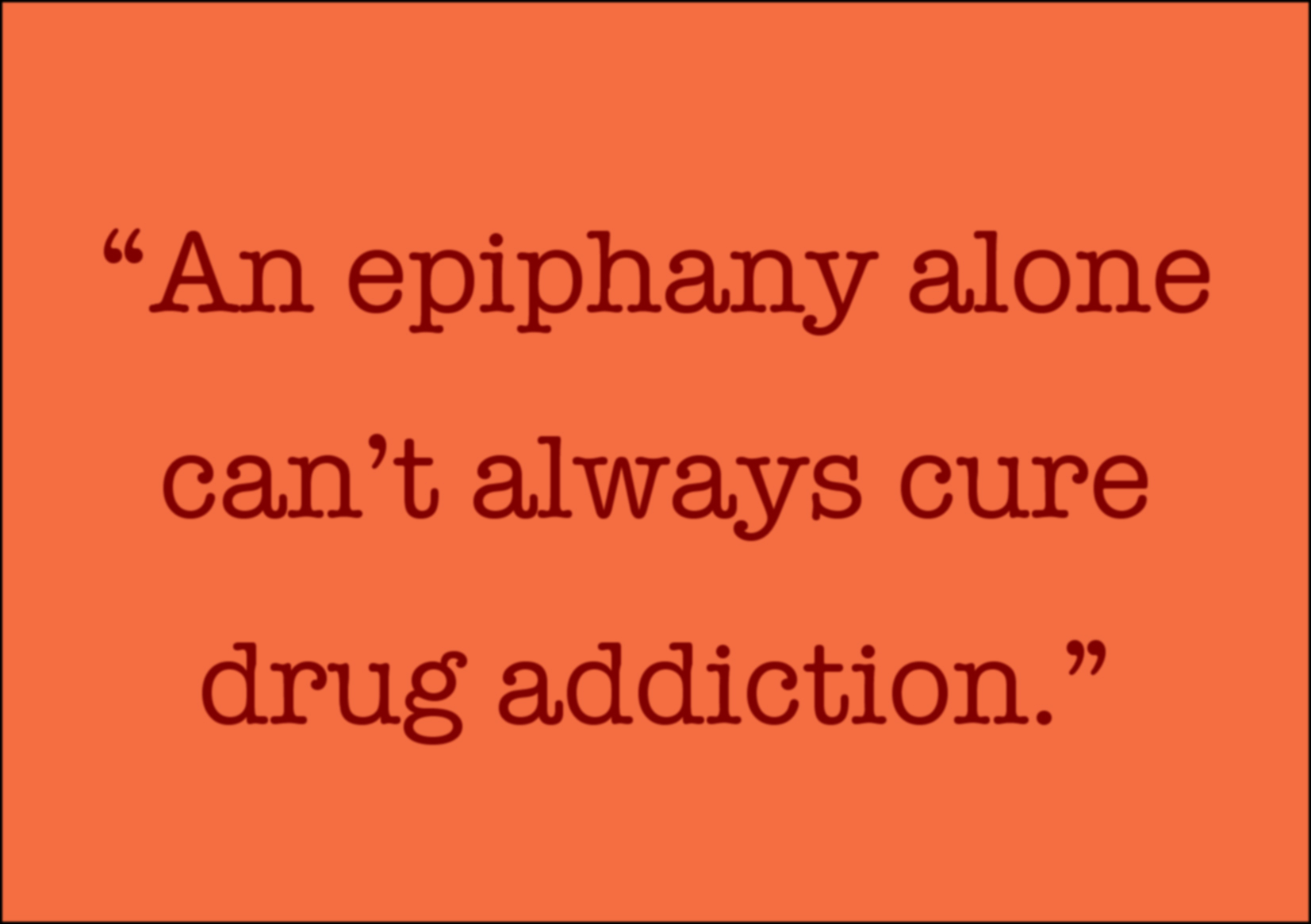



Date: Mon, 18 Feb 2008 17:14:36 -0500 (EST)
From: "Narconon Arrowhead" <Narconon_Arrowhead_rrwwtbg@cmpgnr.com>
To: sacranative@yahoo.com
Subject: Mechanics of Addiction Part I
Contents
The following article is the first in a five-part series written by Gary W. Smith,
C.C.D.C., who has over 30 years experience in the chemical dependency treatment field. Mr. Smith is the Executive Director of the Narconon Arrowhead Drug and Alcohol Rehabilitation and Education Center in Canadian, Oklahoma.
Mechanics of Addiction Part I
What is Addiction, Really?
Whether a person is genetically or bio-chemically predisposed to addiction or alcoholism is a controversy that has been debated for years within the scientific, medical and chemical dependency communities. One school of thought advocates the "disease concept," which embraces the notion that addiction is an inherited disease, and that the individual is permanently ill at a genetic level, even for those experiencing long periods of sobriety.
Another philosophy argues that addiction is a dual problem consisting of a physical and mental dependency on chemicals, compounded by a pre-existing mental disorder (i.e., clinical depression, bipolar disorder, or some other mental illness), and that the mental disorder needs to be treated first as the primary cause of the addiction.
A third philosophy subscribes to the idea that chemical dependency leads to permanent "chemical imbalances" in the neurological system that must be treated with psychotropic medications after the person has withdrawn from their drug of choice.
The fact remains that there is some scientific research that favors each of these addiction concepts, but none of them are absolute. Based on national averages, there is a 16% to 20% recovery rate, the message is pretty clear that these theories are just that theories and we have a lot more to learn if we are to bring the national recovery rate to a more desirable level.
There is a fourth school of thought which has proven to be more accurate. It has to do with the life cycle of addiction. This data is universally applicable to addiction, no matter which hypothesis is used to explain the phenomenon of chemical dependency. The life cycle of addiction begins with a problem, discomfort or some form of emotional or physical pain a person is experiencing. The person finds this very difficult to deal with.
Here is an individual who, like most people in our society, is basically good. He has encountered a problem that is causing him physical or emotional pain and discomfort that he does not have an immediate answer for. Some examples would include difficulty "fitting in" as a child or teenager, puberty, physical injuries such a broken bone, a bad back or some other chronic physical condition. Whatever the origin of the difficulty is the discomfort associated with it presents the individual with a real problem. He feels this problem is a major situation that is persisting and he can see no immediate resolution or relief from it. Most of us have experienced this in our lives to a greater or lesser degree.
Once the person takes a drug he feels relief from the discomfort, even though the relief is only temporary, it is adopted as a solution to the problem and the individual places value on the drug or drink. This assigned value is the only reason the person ever uses drugs or drinks a second, third or more times.
There is a key factor involved in this life cycle scenario that determines which one of us becomes an addict and which one does not. The answer depends on whether or not, at the time of this traumatic experience, we are subjected to pro-drug or alcohol influences via some sort of significant peer pressure that influences our decision making process in regards to how one will find relief from the discomfort. Peer pressure can manifest itself in many different ways. It can come from friends or family members or through some venue of advertising or promotion which, when combined with the degree of relief we receive from the drug or drink, determines the severity of the use. Simply put the bigger the problem the greater the discomfort the person is experiencing. The greater the discomfort the more importance the person places on relieving it and the greater the value he assigns to that which brought about the relief.
For those that start down the path of addiction they will encounter other physical, mental and life style changes along the way that will begin to disintegrate the individual's quality of life. If the drug or alcohol abuse continues unchecked, eventually the person is faced with so many unpleasant circumstances in their life that each sober moment is filled with so much despair and misery that all he wants to do is escape these feelings by medicating them away. This is the downward spiral of addiction. At this point for most there are only three eminent outcomes; death, prison or sobriety.
For more information about addiction or if you would like a free copy of the Life Cycle and Mechanics of Addiction 5 part series call 1-800-468-6933 or email Megan Bedford at megan@stopaddiction.com.
Coming next: Part II: THE BARRIERS TO SUCCESSFUL RECOVERY
###



<>+<>+<>+<>+<>+<>+<>+<>+<>+<>+<>+<>
http://casa-12steps.blogspot.com
http://groups.yahoo.com/group/CASA-12-Steps/

No comments:
Post a Comment
Please give feedback with respect!